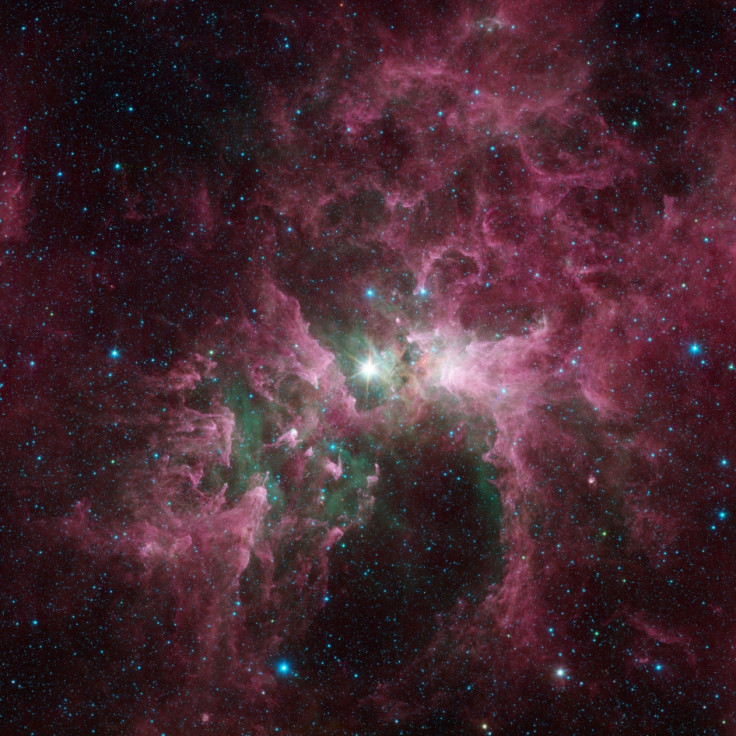Eta Carinae: Massive supernova could annihilate life on Earth, but it is extremely unlikely

A star 100 times bigger than our Sun is set to explode, and prophets of doom believe it will wipe out everything nearby, including all life on Earth.
Eta Carinae, also dubbed the "death star", is a stellar system 7,500 light years from Earth, and it is on the brink of a supernova detonation.
In an article looking at whether the apocalypse from the death star is nigh, Scientific American notes: "Simply put, Eta Carinae is a supermassive stellar powder keg nearing the end of its fuse. It could, in fact, already have met its doom, and the light bearing news of its cataclysmic death could be streaming toward us even now.
"Whenever that luminal death rattle arrives, tomorrow or tens of thousands of years in the future, there are two general sets of opinions about what would happen next."
Eta Carinae contains at least two stars and it is expected to die within the next million years. When it does, it should provide a massive fireworks display visible from Earth. Its energy will be scattered out and absorbed by the emptiness of space.
However, doomsayers say the supernova could unleash a huge gamma-ray burst (GRB) that will strike Earth, destroying all life.
"According to a somewhat plausible worst-case scenario, a direct hit by an extremely bright GRB generated by Eta Carinae could devastate our planet in a manner similar to but far worse than full-scale thermonuclear war," Scientific American notes.
"For several searing seconds, the planetary hemisphere facing the faraway star would be bathed in intense high-frequency radiation. The skies would fill with light much brighter than the sun, bright enough to ignite enormous continent-scouring wildfires on half the globe."
After the initial burst, the ozone layer would be destroyed and acid rain would pour down.

However, this scenario is highly unlikely, experts say. Most astrophysicists say Eta Carinae will not produce a gamma-ray burst at all and that even if it did, it would not hit Earth.
Alex Filippenko, an astrophysicist at the University of California, Berkeley, said stellar winds would likely prevent this from happening: "A thick hydrogen shell makes it difficult for a relativistic jet to pummel its way out of the star. But if Eta Carinae doesn't explode until quite a long time from now, there would be enough time to get rid of the outer shell, and it would then be more likely to become a gamma-ray burst."
Even if it does explode, however, the chances of the burst being pointed at Earth are very small, he said.
Alan Duffy, an astrophysicist at Swinburne University, told Adelaide Now, added that the more likely (but still unlikely) scenario would a middle-distance Gamma-Ray Burst: "Rather than directly destroying life on Earth it would remove the Ozone layer leaving us unprotected from the Sun's UV and let our closest star do the dirty work of wiping out most land-based life."
However, he also said: "There's no danger from this star exploding even as a gamma-ray burst as we simply aren't close enough to it and it's not pointing in our direction in any case."
If somehow it managed to tilt towards us, Earth would still not be in trouble, he said. "It would have to be really close for a sterilisation event — well within 100s of light years not the thousands like Eta Carinae."
Stan Woosley, an astrophysicist at the University of California, Santa Cruz, concludes: "No one knows just what's going on there ... It could die tomorrow or a long time from now."
© Copyright IBTimes 2025. All rights reserved.






















